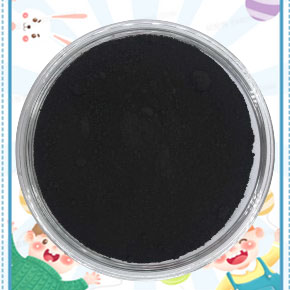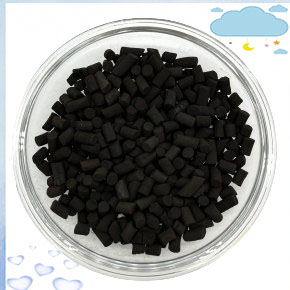CO removal catalyst (pellet with Pt and Pd)
The CO removal catalyst (pellet formulated with Pt and Pd) is a palladium-based precious metal catalyst supported by alumina. Manufactured by Hunan Xintan, this carbon monoxide precious metal catalyst appears as dark brown spherical particles, ranging from 3-5mm in diameter. Its primary application is the elimination of H2 and CO from CO2, operating effectively at temperatures between 160℃ and 300℃. The catalyst is capable of transforming CO into CO2 and converting H2 into H2O. Unlike other catalysts, it does not contain MnO2, CuO, or sulfur, making it suitable for safe CO purification within CO2 environments.
The CO removal catalyst (pellet with Pt and Pd) boasts high catalytic efficiency, consistent performance, safety, and a long service life without requiring additional energy consumption. Due to these attributes, it finds widespread use in the food industry.














Reviews
There are no reviews yet.